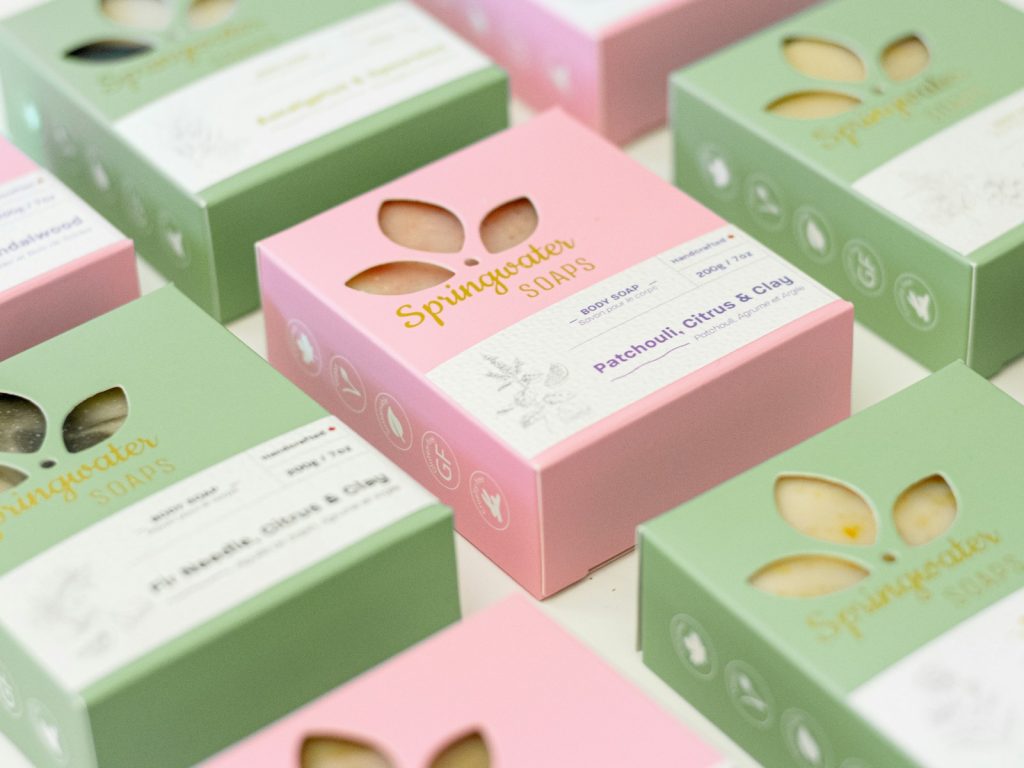
Introduction: Why Packaging Matters
In today’s competitive market, consumers are overwhelmed with choices, making it essential for companies to differentiate their products effectively. Numerous studies highlight the impact of environmental factors, music, and product attributes on purchasing decisions. However, product packaging is one of the most critical stimuli in creating and communicating brand identity.
For cosmetic manufacturers, investing in high-quality packaging isn’t just an aesthetic choice—it directly influences consumer perception, trust, and sales. In a market where first impressions matter, your packaging must immediately capture attention and convey value.
Define Your Niche and Target Audience
Before designing your cosmetic label, re-evaluate your niche and audience. Understanding your target market allows you to make informed design choices, including:
- Color schemes that align with consumer psychology
- Font styles and sizes that appeal to your demographic
- Imagery and branding elements that resonate with your buyers
For example, a luxury anti-aging cream may require elegant fonts and metallic accents, while an organic skincare product might opt for earthy tones and minimalist design.
Invest in High-Quality Packaging
Your packaging reflects your brand’s quality. A high-quality cosmetic product in low-cost, flimsy packaging can damage brand perception, while overly expensive packaging can increase costs unsustainably.
To strike the right balance, consider:
✔ Material quality – Avoid packaging that feels cheap or breaks easily.
✔ Functionality – Ensure ease of use, durability, and practicality.
✔ Aesthetic appeal – Invest in a design that matches your brand’s image and price point.
Choosing the Right Container
Selecting the best container for your cosmetics requires testing multiple options. Consider:
- Compatibility – Does the container protect the formula inside?
- User experience – Is it easy to open, hold, and use?
- Visual appeal – Does it align with your brand identity?
Before purchasing in bulk, order samples and test usability to avoid costly mistakes.
Understanding FDA Labeling Regulations
The U.S. Food and Drug Administration (FDA) has strict guidelines for cosmetic labeling. Compliance is mandatory to avoid legal penalties and establish consumer trust.
Key FDA Labeling Requirements:
- Ingredient List – Must follow INCI (International Nomenclature of Cosmetic Ingredients) standards.
- Product Identity – Clearly state the product’s purpose (e.g., “hydrating face cream”).
- Net Quantity – Include weight or volume in standard measurement units.
- Manufacturer Information – Provide the brand’s name and contact details.
- Warnings & Disclaimers – Required for certain formulations, such as those containing allergens.
Visit the FDA website for detailed guidelines and compliance checklists.
Designing the Perfect Cosmetic Label
A well-designed label goes beyond aesthetics—it directly impacts consumer decision-making. Here’s what to consider:
1. Color Psychology
Colors evoke emotions and influence buying behavior. Choose a color palette that aligns with your brand identity and target audience:
- Soft pastels & neutrals – Convey minimalism, cleanliness, and elegance (ideal for skincare).
- Bold, vibrant colors – Attract younger demographics and create a striking presence on shelves.
- Metallic or foil accents – Suggest luxury and high-end appeal.
2. Typography Matters
Your font choice affects readability and brand perception. Consider:
✔ Font style – Serif fonts convey sophistication, while sans-serif fonts feel modern.
✔ Font size – Must be legible, even on small containers.
✔ Capitalization standards – Overuse of capital letters can be overwhelming; find a balance.
3. Professional Design vs. DIY
While you may have an eye for design, hiring a professional designer ensures:
- Strategic layout for optimal readability
- Proper file formatting for printing
- Alignment with industry standards
Testing and Refining Your Packaging
A successful label design doesn’t happen overnight. Conduct focus groups, A/B testing, and market research to refine your packaging. This process ensures:
✔ The design resonates with your target audience.
✔ The packaging stands out in retail spaces.
✔ Consumers associate it with quality and trustworthiness.
Final Thoughts: The Role of Packaging in Business Growth
Investing in well-designed cosmetic packaging is not just about aesthetics—it’s a business strategy. Your label and container:
- Communicate product value and quality.
- Influence consumer trust and buying decisions.
- Help your brand stand out in a crowded market.
By combining strategic design, regulatory compliance, and smart packaging investments, you can create a cosmetic brand that not only attracts customers but also builds long-term brand loyalty.
Would you like expert feedback on your cosmetic packaging? Comment below or share your thoughts! 🚀
